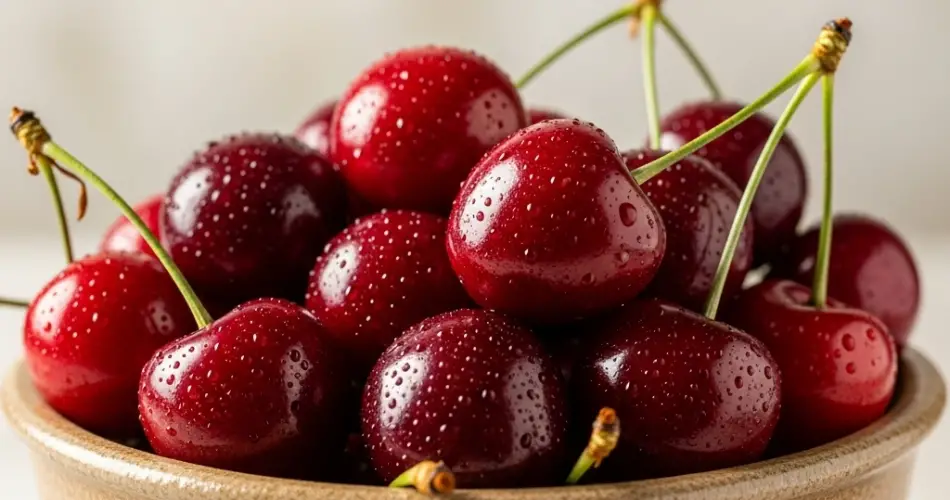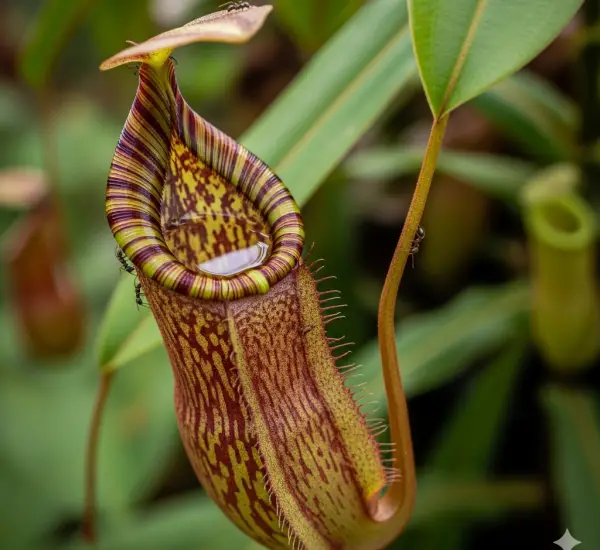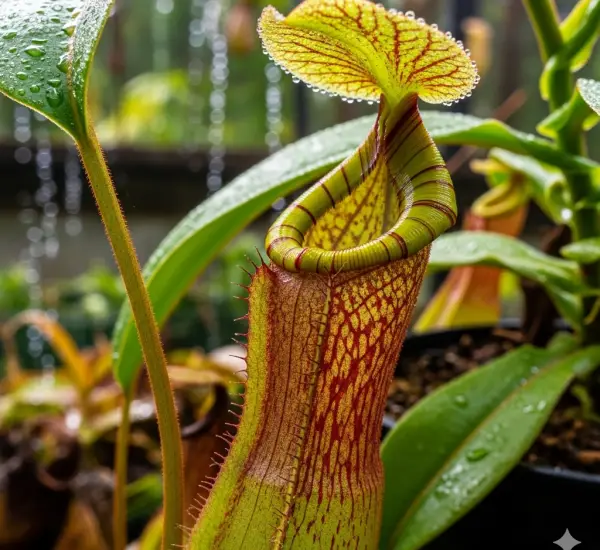Growing a cherry tree from a pit is a rewarding way to turn a simple fruit into a beautiful and productive tree. While it requires patience and care, this method offers a cost-effective and satisfying approach to home gardening. Whether you’re aiming to grow a fruit-bearing tree or simply want a decorative specimen, starting from a cherry pit can be a fun and educational experience.
Here’s a detailed step-by-step guide to help you successfully grow a cherry tree from a pit.
1. Start with the Right Cherries
Begin by selecting cherries from a variety that grows well in your region. Ideally, choose cherries that are:
-
Locally grown or native to your climate
-
From organic or untreated sources to avoid chemicals that may inhibit germination
-
Either sweet or sour, depending on your preference and climate suitability
Note that cherries from the grocery store—especially imported ones—may not always germinate or grow successfully due to hybridization or treatment. If possible, obtain pits from a farmer’s market or local grower.
2. Clean and Dry the Pits
Once you’ve enjoyed the cherries, collect the pits and clean off all remaining fruit flesh. Rinse them thoroughly in water and then lay them out on a paper towel to dry for about 3–5 days. This helps prevent mold or rot during the next stages.
3. Stratify the Pits
Cherry seeds require cold stratification, a period of cold dormancy that mimics winter conditions and prepares the seed for germination.
To stratify:
-
Place the dry pits in a damp paper towel or mix of sand and peat moss.
-
Seal them in a plastic container or zip-lock bag.
-
Refrigerate the container for 10 to 12 weeks. Keep the temperature between 33°F and 41°F (1°C to 5°C).
-
Check every few weeks to ensure the medium stays moist—not soaking wet.
By the end of the chilling period, you may notice some seeds starting to crack or sprout—this is a good sign that they’re ready to plant.
4. Plant the Sprouted Pits
Once the pits have completed stratification and begun to sprout, it’s time to plant them.
Steps:
-
Fill small pots with well-draining potting mix (a mix of compost, sand, and peat works well).
-
Plant each sprouted pit about 1 inch deep.
-
Water the soil gently and place the pots in a sunny, warm spot—ideally near a window if indoors.
-
Keep the soil consistently moist but not soggy.
If you’re planting outdoors in spring, choose a site with full sun and loose, fertile soil. Protect young seedlings from heavy rain, pets, or pests with a cover or mesh.
5. Transplanting the Seedlings
As the cherry seedlings grow, they will develop a strong central stem and healthy leaves. After a few months, or once the roots fill the pot, transplant them into larger containers or directly into the garden.
Tips for transplanting:
-
Choose a sunny location with good air circulation.
-
Space multiple trees 15–20 feet apart for sweet cherries or 8–12 feet for dwarf or sour varieties.
-
Dig a hole twice as wide as the root ball and at the same depth.
-
Water thoroughly after planting and mulch around the base to retain moisture.
Avoid fertilizing too soon. Wait until the tree is established—usually after its first growing season—before applying organic fertilizer.
6. Care and Maintenance
Growing a cherry tree from seed is a long-term project. Here’s how to support its growth:
-
Water regularly, especially during dry spells.
-
Prune annually to shape the tree and encourage healthy branching.
-
Mulch around the base to conserve moisture and suppress weeds.
-
Protect young trees from frost, wind, and pests.
It may take 3 to 7 years for a cherry tree grown from seed to bear fruit, and there’s no guarantee that the fruit will match the parent cherry’s quality. However, the tree will still make a lovely ornamental addition to your landscape.
7. Pollination Considerations
Some cherry varieties are self-pollinating, but many require a second, compatible tree nearby to produce fruit. If you’re planting for fruit, research the variety and consider growing two trees for cross-pollination.
Final Thoughts
Growing a cherry tree from a pit is a lesson in patience and the magic of nature. While it takes time and may not result in a perfect replica of the original fruit, the process is rewarding, eco-friendly, and educational. With the right care and conditions, your seed-grown cherry tree can thrive for years to come, offering shade, blossoms, and possibly even homegrown cherries straight from your garden.



